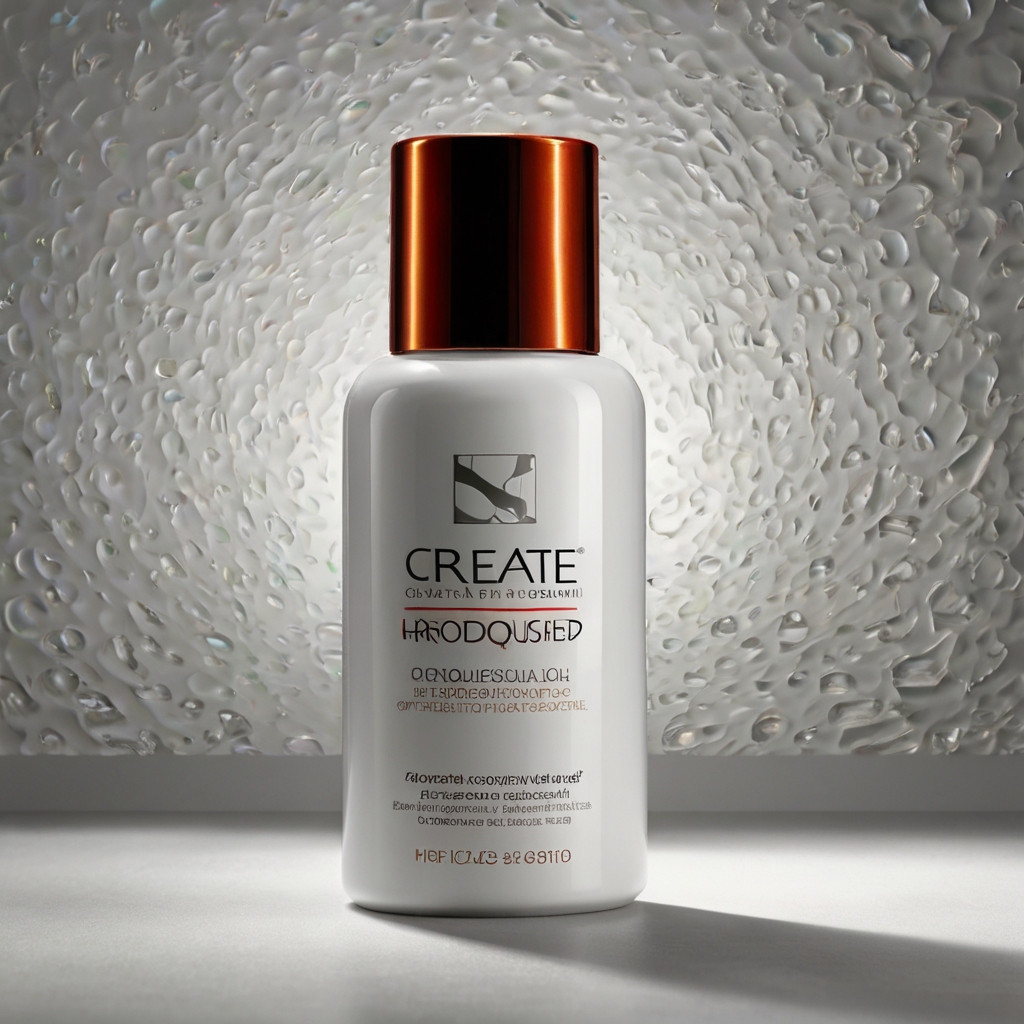What is Amazon
Amazon is a global e-commerce giant that started as an online bookstore and has grown into one of the largest marketplaces in the world. From selling physical products to offering cloud services, Amazon is now a hub for both buyers and sellers, making it a great platform to earn money. But how do you get started on Amazon as a seller? Let’s dive into the details and understand the different types of sellers and their business models, including FBA, FBM, and Amazon as a direct seller.
______________________________________________________________________________________________
How Many Sellers Are on Amazon?
There are three main types of sellers on Amazon:
- Fulfillment by Amazon (FBA)
- Fulfillment by Merchant (FBM)
- Amazon as a Direct Seller
Let’s break these down to understand which might work best for you.
______________________________________________________________________________________________
(FBA) Fulfillment by Amazon
FBA is one of the most popular models on Amazon. Here’s how it works: you send your products to Amazon’s warehouses, and they handle storage, packaging, and shipping.
Benefits of FBA
- Hassle-Free Logistics: Amazon takes care of shipping and customer service.
- Prime Eligibility: Your products qualify for Amazon Prime, giving you access to millions of Prime members.
- Increased Visibility: FBA products often rank higher in search results.
Drawbacks
- Fees: Storage and fulfillment fees can add up, especially for slow-moving items.
- Less Control: You rely entirely on Amazon’s process, which may not always suit your needs.
________________________________________________________________________________________________
(FBM) Fulfillment by Merchant
In FBM, you handle everything from storage to shipping. It’s a good option if you already have your own logistics in place.
Advantages
- Cost Control: No storage or fulfillment fees.
- Flexibility: You can maintain more control over your operations.
Challenges
- Time-Consuming: Managing inventory and shipping can be overwhelming.
- Lower Visibility: FBM listings might not rank as high as FBA listings.
_________________________________________________________________________________________________
Amazon as a Direct Seller
Amazon doesn’t just provide a platform for third-party sellers; it also sells its own products. This creates direct competition for sellers, especially in popular categories.
Key Considerations
- Amazon often prices its products competitively.
- Sellers need to focus on niche markets to stand out.
________________________________________________________________________________________________
How to Start Selling on Amazon
Step 1: Create a Seller Account
Visit Amazon’s seller page, choose your account type (individual or professional), and follow the registration process.
Step 2: Set Up Your Storefront
Upload your logo, write an engaging store description, and add your product listings.
Step 3: Choose a Selling Model
Decide between FBA and FBM based on your resources and goals.
______________________________________________________________________________________________
Optimizing Your Listings
Optimizing your product listings on Amazon is crucial to attracting customers and increasing sales. Here’s how you can make your listings stand out:
1. Write a Compelling Title
Your product title should include:
- The brand name.
- Key features of the product.
- Relevant keywords.
Example: “Wireless Bluetooth Headphones with Noise-Canceling, 40-Hour Playtime, Foldable Design – Black”
2. Create Engaging Descriptions
Use bullet points to highlight features and benefits.
- Focus on how the product solves problems.
- Include keywords naturally to improve SEO.
3. Use High-Quality Images
- Upload multiple images showing different angles of the product.
- Use lifestyle photos to show the product in use.
- Ensure images meet Amazon’s quality standards (e.g., white background, at least 1000 pixels).
4. Add Keywords
Use tools like Helium 10 or Jungle Scout to identify high-performing keywords and include them in your:
- Title.
- Bullet points.
- Description.
5. Leverage A+ Content
If you’re a brand-registered seller, use Amazon A+ Content to add:
- Enhanced images.
- Comparison charts.
- Detailed product descriptions.
Importance of Customer Reviews
Customer reviews can make or break your business on Amazon. Here’s why they’re so important:
1. Build Trust
Positive reviews give potential buyers confidence in your product.
2. Improve Visibility
Products with high ratings and reviews rank better in Amazon search results.
3. Increase Conversions
Buyers are more likely to purchase products with good reviews.
How to Get More Positive Reviews
- Request Reviews Politely: Use Amazon’s automated “Request a Review” button.
- Provide Excellent Customer Service: Respond promptly to questions and issues.
- Ensure Quality: Deliver what you promise to avoid negative feedback.
- Follow Up: Send a polite email after purchase asking for feedback.
Tips to Grow Your Amazon Business
Once your store is set up, scaling your business is the next step.
1. Leverage Amazon Advertising
- Use Sponsored Products, Sponsored Brands, and Sponsored Display ads to increase visibility.
- Set a budget and monitor ROI regularly.
2. Monitor Metrics
Track key performance indicators (KPIs) like:
- Conversion rates.
- Click-through rates (CTR).
- Customer feedback and reviews.
3. Expand Your Product Range
- Research market trends to identify new opportunities.
- Launch complementary products to attract repeat customers.
4. Offer Competitive Pricing
- Monitor competitors’ prices to stay relevant.
- Use tools like Repricer Express to automate price adjustments.
5. Use Fulfillment by Amazon (FBA)
FBA helps streamline logistics and improves customer satisfaction with fast delivery.
6. Build a Brand Presence
- Use social media and email marketing to drive traffic to your listings.
- Register your brand on Amazon to access A+ Content and Sponsored Brands ads.
_________________________________________________________________________________________________
Should You Add Pictures?
Absolutely! High-quality images can make or break your sales on Amazon.
Where to Add Pictures
- Product Listings: Include multiple angles of the product.
- Infographics: Highlight key features and benefits.
Example:

__________________________________________
Conclusion:
Selling on Amazon is an excellent way to start or expand your business. By understanding the different selling models (FBA, FBM, and Amazon), optimizing your listings, and leveraging customer reviews, you can build a successful online business. Choose the right strategy, stay consistent, and watch your business grow.
___________________________________________________________________________________________
FAQs:
1. What is the best selling model for beginners?
FBA is often the best choice for beginners because Amazon handles most logistics.
2. How much does it cost to start selling on Amazon?
Costs vary but include registration fees, storage fees (for FBA), and optional advertising costs.
3. Can I sell on Amazon without inventory?
Yes, through dropshipping or print-on-demand models.
4. How do I handle returns on Amazon?
For FBA, Amazon manages returns. For FBM, you’ll handle them yourself.
5. What are some common mistakes new sellers make?
Poor product research, lack of optimization, and ignoring customer reviews are common pitfalls.
__________________________________________________________________________________________
